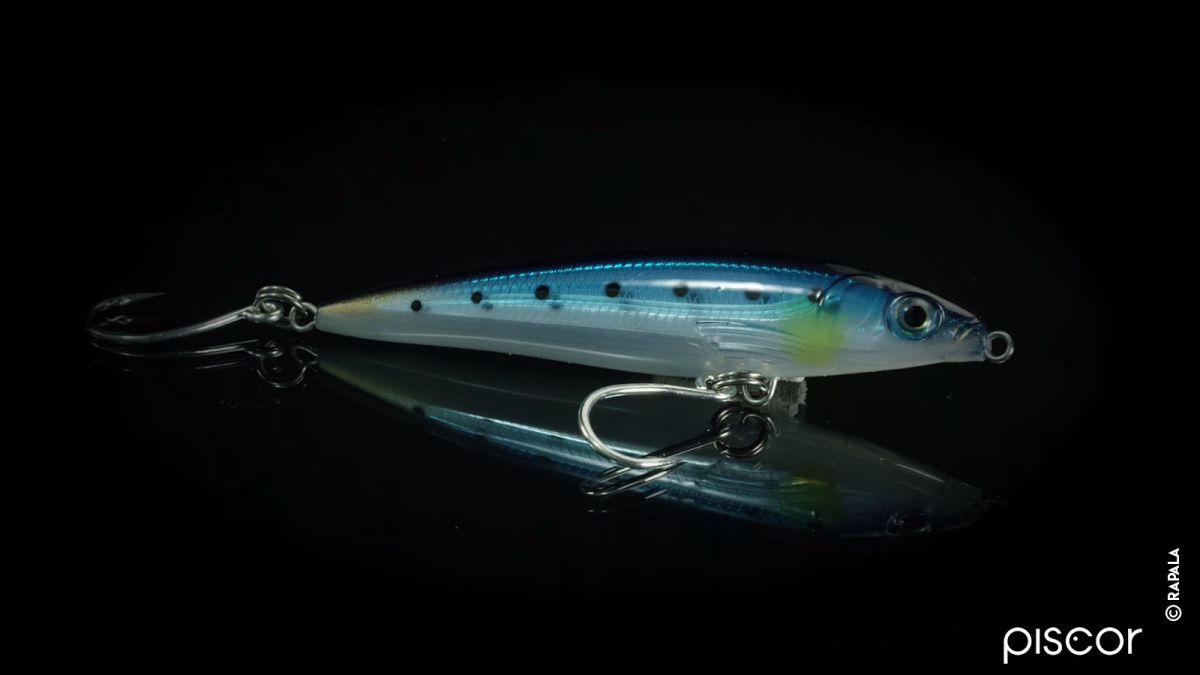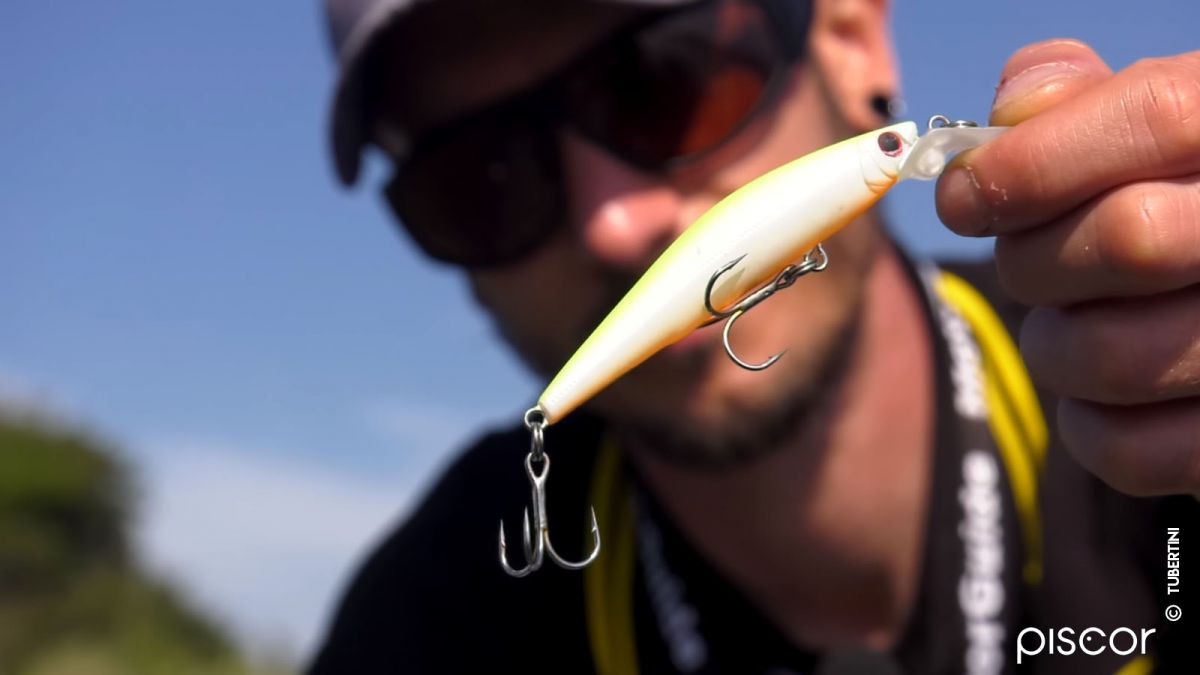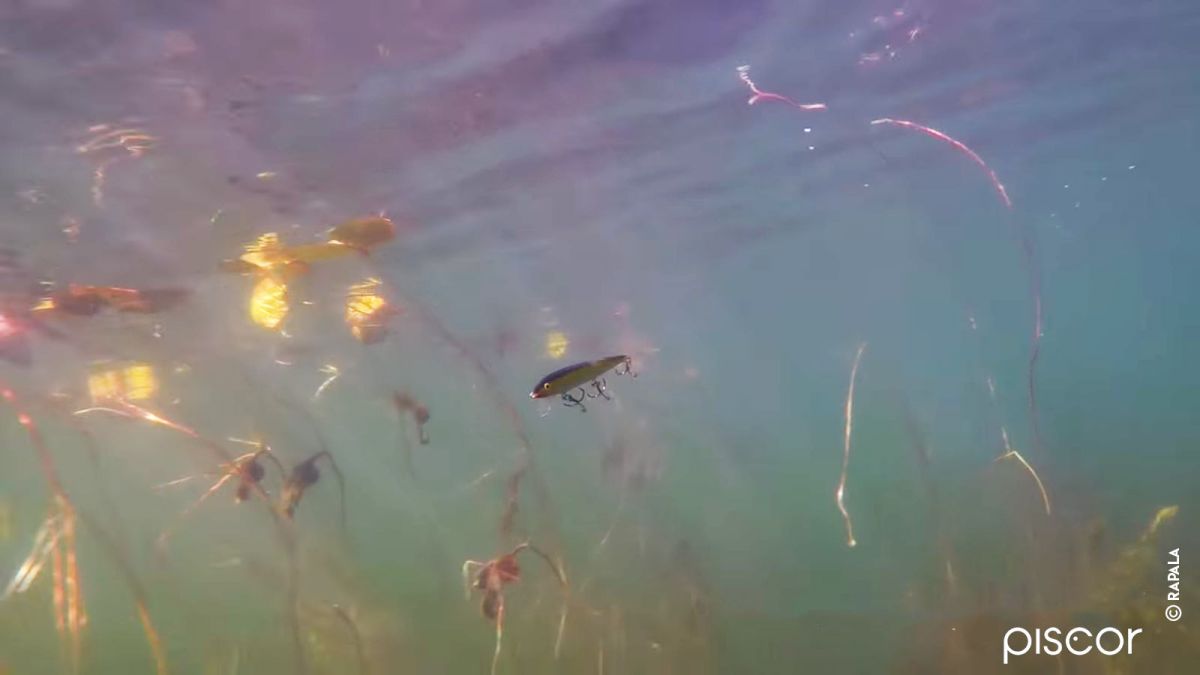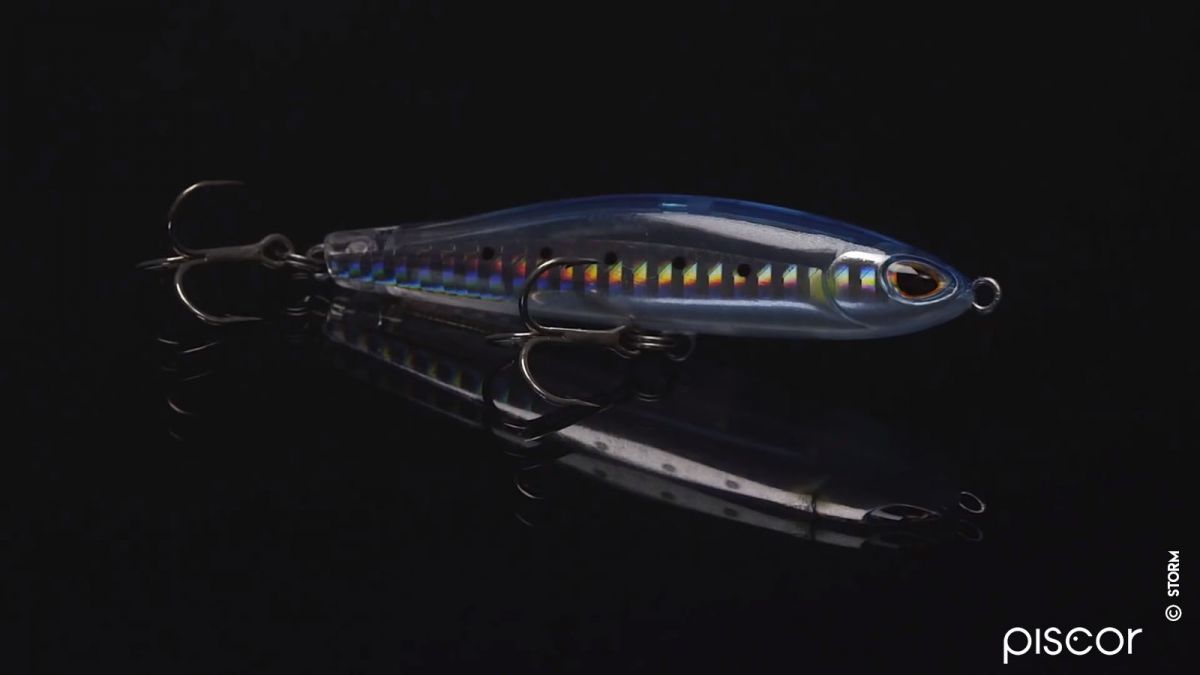Today learning and acquisition processes of information has been incredibly speeded up, also in sport fishing practice, and more often than not the young people could give lessons to experts (without never forget to draw on their extremely precious experience).
Actually it is more probable that an angler on a bank of a stream is casting an ultra-modern and ultra-performing next generation minnow rather than an undulating spoon or an old balsa wood minnow, but ignoring, often, of how we have been arrived to obtain these so valid and attracting lures.
Let’s dive into the past and find out the history of the evolution of the “lure fish” that achieved and continues to achieve resounding success.
The father of the modern “minnow” is undoubtedly the great man Lauri Rapala, a finning woodsman and angler that in the 30’s created an hand-carved wood fish with a shovel which favoured a movement similar to that of a real injured fish in difficulty.
The effectiveness of that first lure has been so elevated that some legends arose around the baits made by Lauri Rapala, as for example that he substituted the use of nets for professional fish or that, in a competition with his brothers in arms during the Second World War he caught more fishes with his minnow than other challengers with dynamite!
The success of these little fishes by Rapala led him to start a mass production and a subsequent commercialization, captivating also his sons that today are still running the company.
In order to understand how much these lures were effective in time just think that “Rapala” for very long time has been synonym of “lure”.
In time Minnow have benefited of the development of new materials, shapes and studies on load balancing, but the basic concept remains those grasped by Lauri Rapala: the buoyancy of the body and the sinkers and shovel ratio favour the movement on the axis after the contact with the water during the recovery.
But the modern “minnow” in Rapala’s style has some forefather that a lot of spinning enthusiasts had never seen or heard, and some let’s say like american “cousins”, born from similar intuition but different needs.
The first imitation of lure used in fishing date back to 1800, when in England was produced and was very widespread the “Phantom Minnow” or “False Minnow”.
Such ancestor of modern minnow was composed by a metal head with a bullet shape with 2 side wings lightly bent in order to give the lure an undulating movement and a body made of waste materials as fabric, skin (often of the fish) and silk.
One or two small cords with two or three treble hooks were tied on the head ring and were held in position by pinning them lightly on the body of the lure.
In 1859 the American Riley Haskell created the first bait with a shape of a fish with some details such as fins, eyes and scales.
The movement of this bait was that obtained by the rotation of the terminal part of the body and by the tail, assembled on a metallic axis. In 2004 a particular, and very rare, model of this bait with a length of 10 inch was sold for hundred thousand dollars!
The more prolific period for the development of new types of lures was, undoubtedly, between the end of 1800 and the first years of 1900.
Around 1892 In England were more popular the “Caledonian minnow”, the “Protean minnow” and “Devon minnow”, so lures that took advantage of the undulating and irregular movement rather than of vibrations on a longitudinal axis.
Among these the Devon are today largely used and, despite of their shape that remembers that of a fish, they are a modification of spinners and more similar to spoons.
The first wood lure was probably the “Comstock Flying Hellgramite” designed by harry Comstock in 1883.
This was more similar to an insect than to a fish and it is supplied with two propellers that rotated during recovery.
To view a bait with the shape of a fish you have to date back to 1885, when Cornelius Lie designed the “Gorge Lure”.
This lure imitated a small fish and it was an halfway between an undulating spoon and a metal jig. The particularity which makes it unique is the fact that the hook are not externally connected but were part of the body itself and were internally hidden, locked by a snap-action mechanism that released the two sharpen extremities supplied with a barb just at the moment of the attack of a fish. In this way the two extremities locked in the mouthpart of the fish.
The first years of 1900 were the plug American years, with the creations of Heddon, W Shakespeare JR, Creek Chub, South bend, Pflueger, Rush, Mills and others.
The American production of the first years of 1900 was incredibly prolific and gave birth to a myriad of often bizarre lures and absolutely far from an imitation of a fish or some potential prey.
Such baits introduced the concept of the validity of the movement, of vibrations and the action in water to the detriment of an extremely realistic workmanship and imitative of a living being.
Between the 1898 and the 1901 Heddon created the first plug (even before he designed and used the imitation of a frog), called “Dowagiac Expert minnow” which silhouette is more similar to a cigar that to a fish and its attractive action was due to a ring positioned close to the front extremity.
This is an ancestor of the actual top water lures of which we are going to extensively talk very soon.




